After the 7.7-magnitude earthquake that occurred on the afternoon of March 28 in Myanmar, experts predict that aftershocks may last for many months to come.
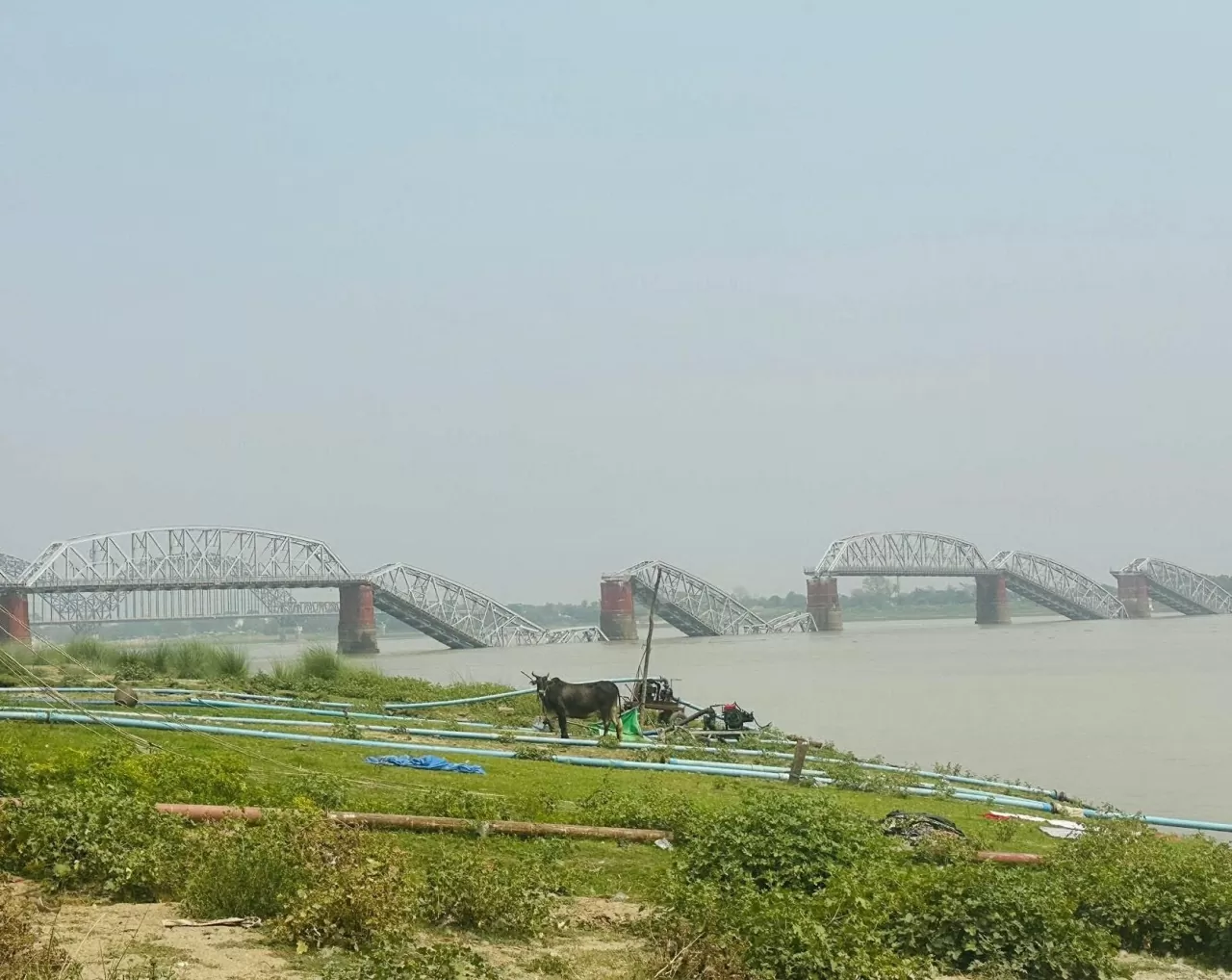 |
| The Ava Bridge over the Irrawaddy River in Myanmar was damaged after a 7.7-magnitude earthquake struck Myanmar on the afternoon of March 28. (Source: X Social Network) |
According to the latest figures, the earthquake has claimed the lives of more than 1,000 people and injured more than 2,300 in Myanmar.
These aftershocks are the result of pressure changes in the ground following the main shock.
"After the first major earthquake, we expect to see many aftershocks in the vicinity," said Will Yeck, a seismologist with the US Geological Survey (USGS).
The earthquake, whose epicenter was near the city of Mandalay in Myanmar, caused terrible devastation, spreading as far as the Thai capital Bangkok - about 1,300 km away.
The quake struck along the Sagaing Fault Zone, which is close to the Earth’s surface, making the seismic force more intense, according to the USGS. Preliminary estimates suggest that as many as 800,000 people in Myanmar could be in the worst-hit area. The death toll could be in the thousands or even higher.
The Earth's crust is made up of tectonic plates, which are held together like a jigsaw puzzle. The plates are mostly stable, but there is constant movement at their edges. "As the plates slide past each other and become stuck, pressure builds up over tens or hundreds of years," explains geophysicist Michael Steckler of Columbia University. "When they reach their limit, the plates suddenly start to move, causing an earthquake."
Most earthquakes occur along the boundaries between tectonic plates. However, even when their epicenters are located far out in the ocean, their effects can still be felt in densely populated areas, causing heavy casualties and damage, especially when buildings are not built to earthquake-resistant standards.
Scientists can determine which areas are likely to have earthquakes, but they cannot yet predict exactly when a quake will occur.
Immediately after the devastating earthquake in Myanmar, India immediately launched “Operation Brahma” to support the severely affected areas.
An Indian Air Force C-130J carrying around 15 tonnes of relief supplies, including tents, blankets, sleeping bags, food packets, hygiene kits, generators and essential medicines, landed in Yangon on the morning of March 29. A search and rescue and medical team was also on board the flight.
In a post on X, Ministry of External Affairs (MEA) spokesperson Randhir Jaiswal wrote: “Under Operation Brahma – India is acting as a First Responder to assist the people of Myanmar affected by yesterday’s massive earthquake (March 28). The first consignment comprises 15 tonnes of relief materials.”
Meanwhile, the Indian Embassy in Myanmar said that it is coordinating the speedy transfer of relief materials and assistance from India to the Myanmar government.
Indian Prime Minister Narendra Modi has expressed concern over the earthquake disaster that struck Myanmar and Thailand. In a social media post, Modi prayed for the safety and well-being of the people of both countries. He asserted that India stands ready to provide all possible assistance and asked the Ministry of External Affairs to remain in touch with the governments of Myanmar and Thailand.
Source: https://baoquocte.vn/cap-nhat-tin-dong-dat-o-myanmar-cac-chuyen-gia-giai-explanatory-va-canh-bao-ve-du-chan-an-do-lap-tuc-trien-khai-chien-dich-brahma-309254.html


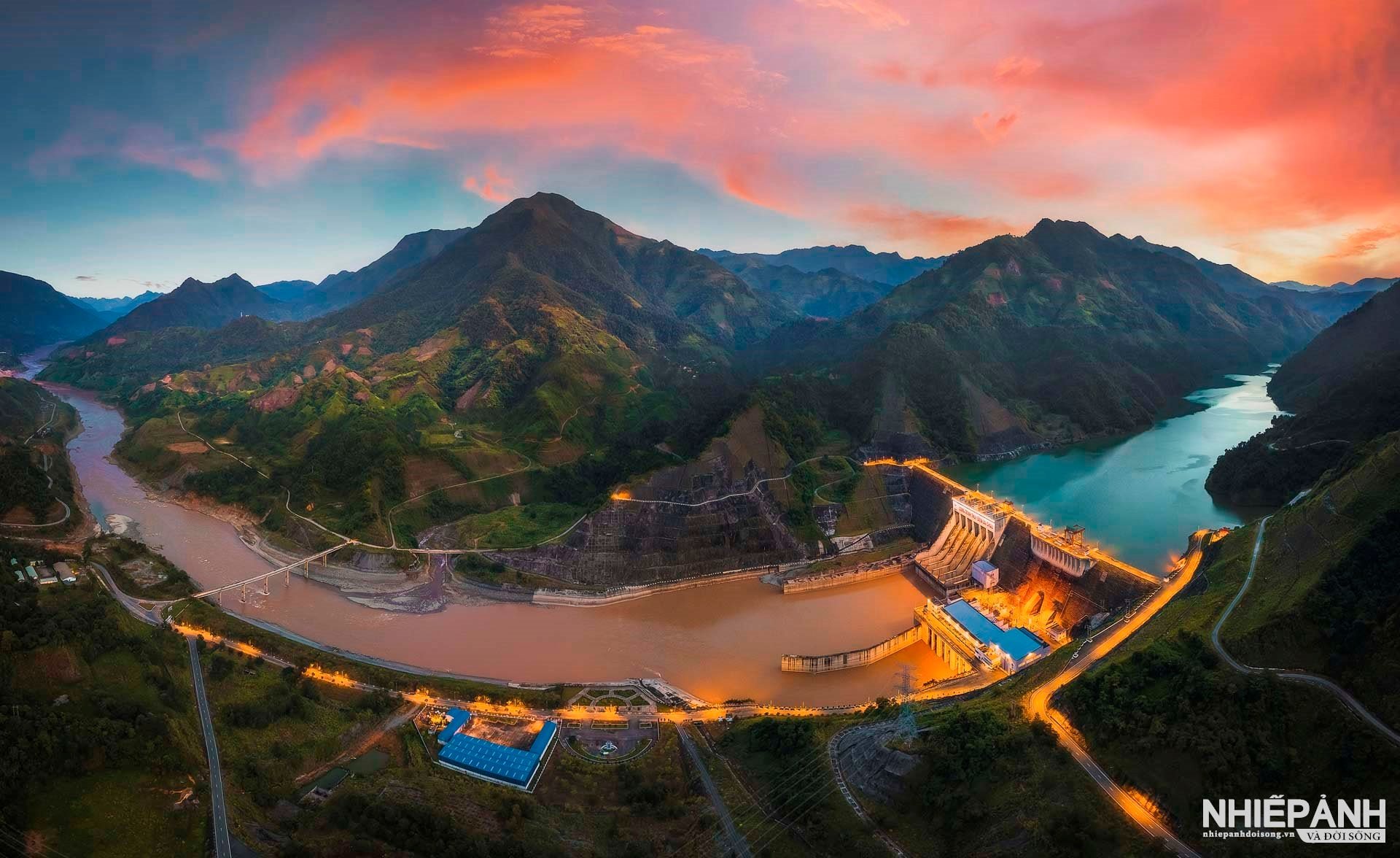
![[Photo] 2nd Conference of the Party Executive Committee of Central Party Agencies](https://vstatic.vietnam.vn/vietnam/resource/IMAGE/2025/3/31/8f85b88962b34701ac511682b09b1e0d)
![[Photo] Speeding up construction of Ring Road 3 and Bien Hoa-Vung Tau Expressway](https://vstatic.vietnam.vn/vietnam/resource/IMAGE/2025/3/31/f1431fbe7d604caba041f84a718ccef7)
![[Photo] Prime Minister Pham Minh Chinh receives delegation of leaders of US universities](https://vstatic.vietnam.vn/vietnam/resource/IMAGE/2025/3/31/8be7f6be90624512b385fd1690124eaa)
![[Photo] General Secretary To Lam receives US Ambassador to Vietnam Marc E. Knapper](https://vstatic.vietnam.vn/vietnam/resource/IMAGE/2025/3/31/5ee45ded5fd548a685618a0b67c42970)

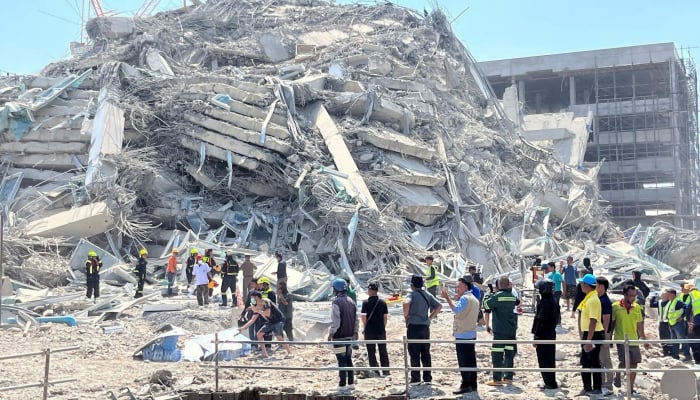










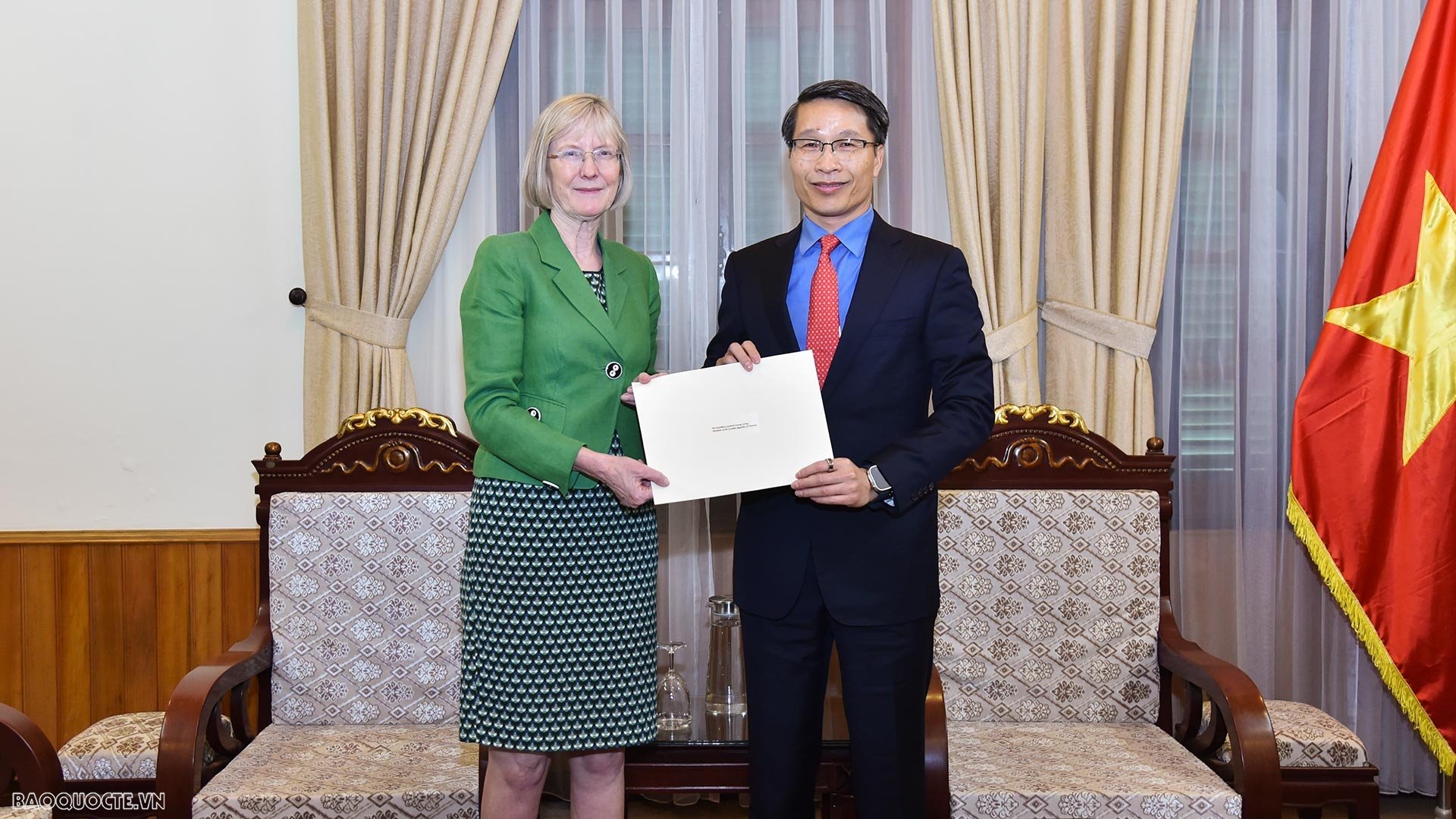




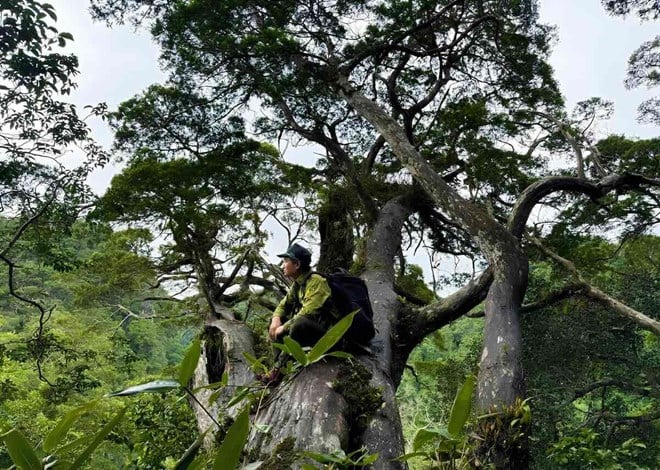

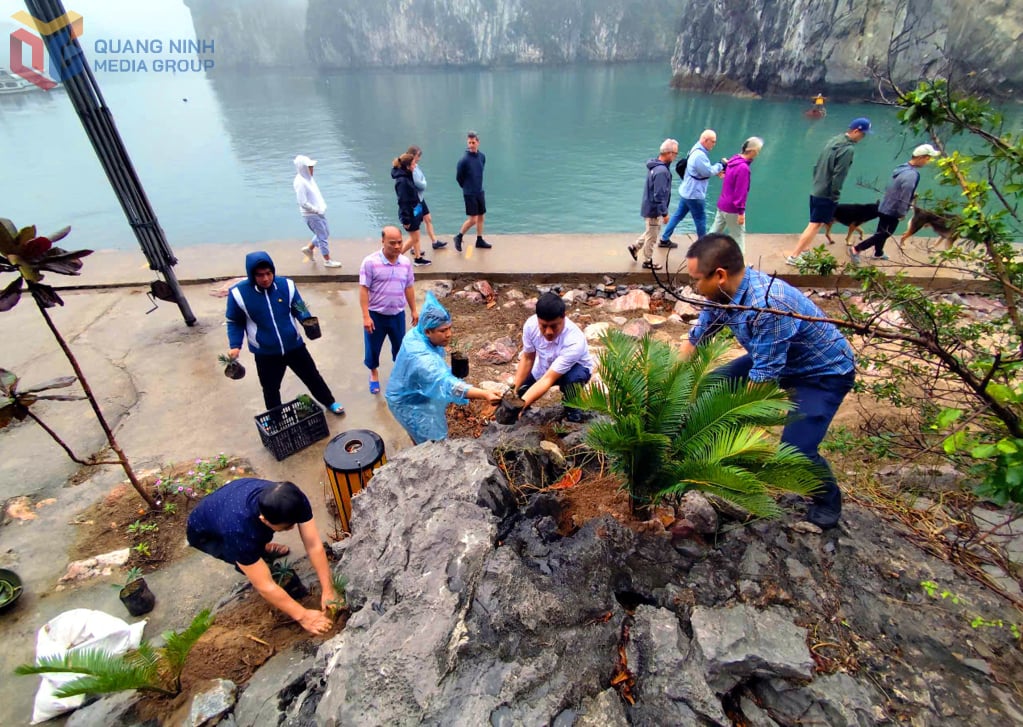







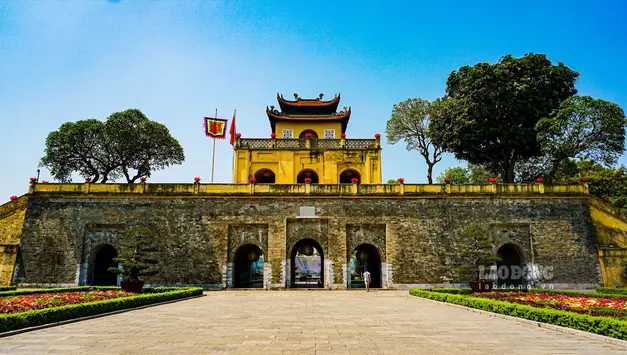

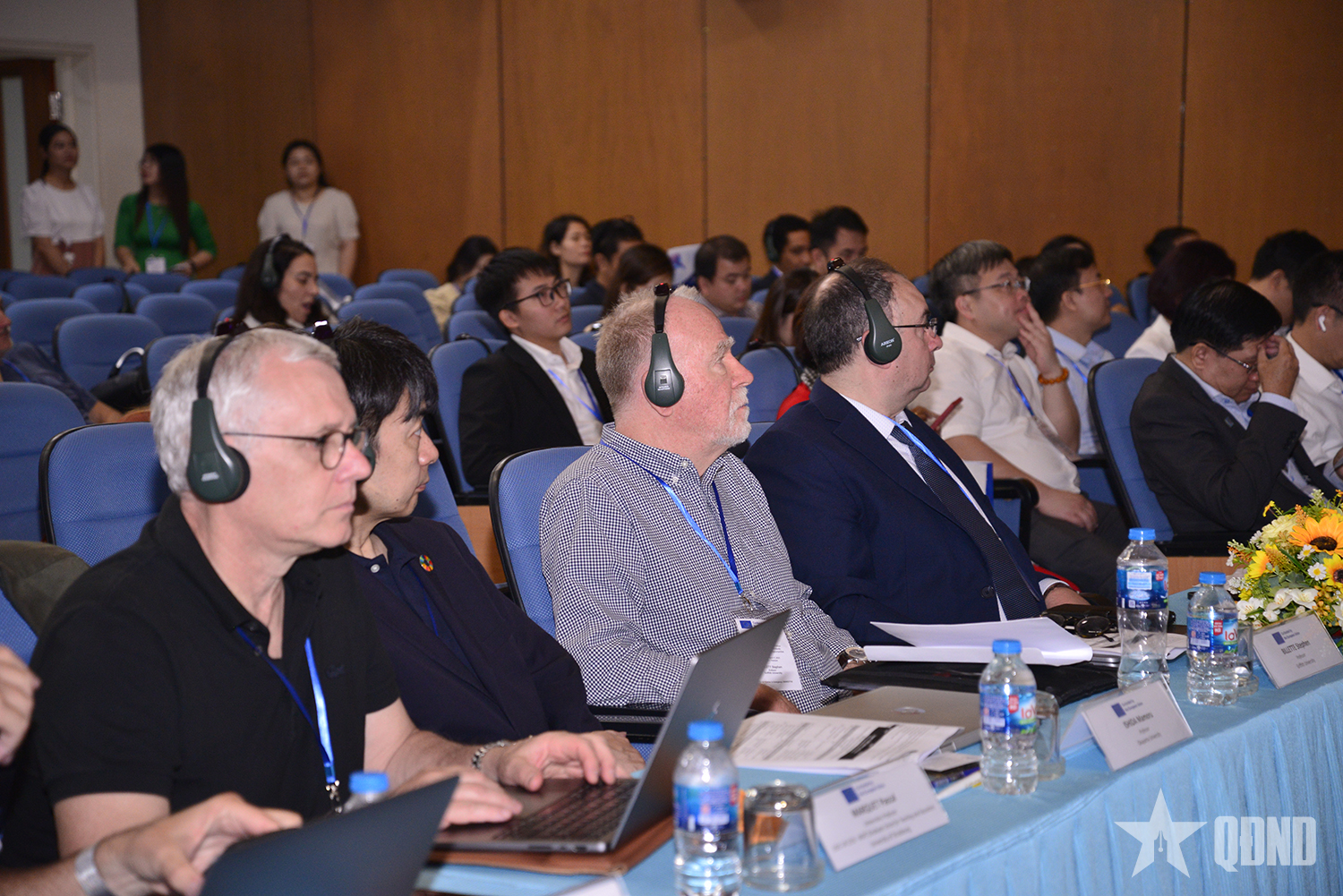




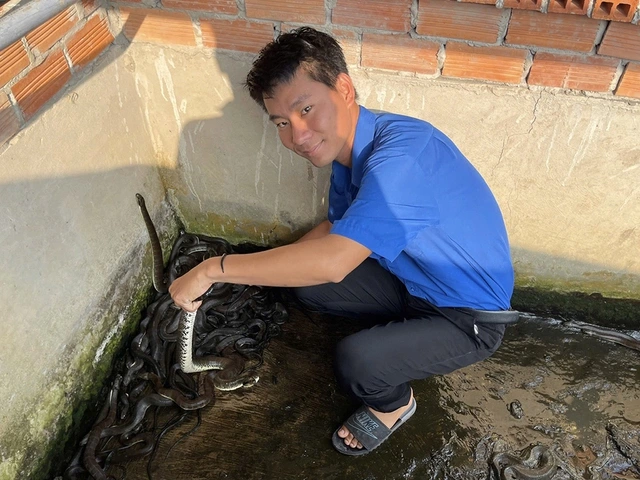















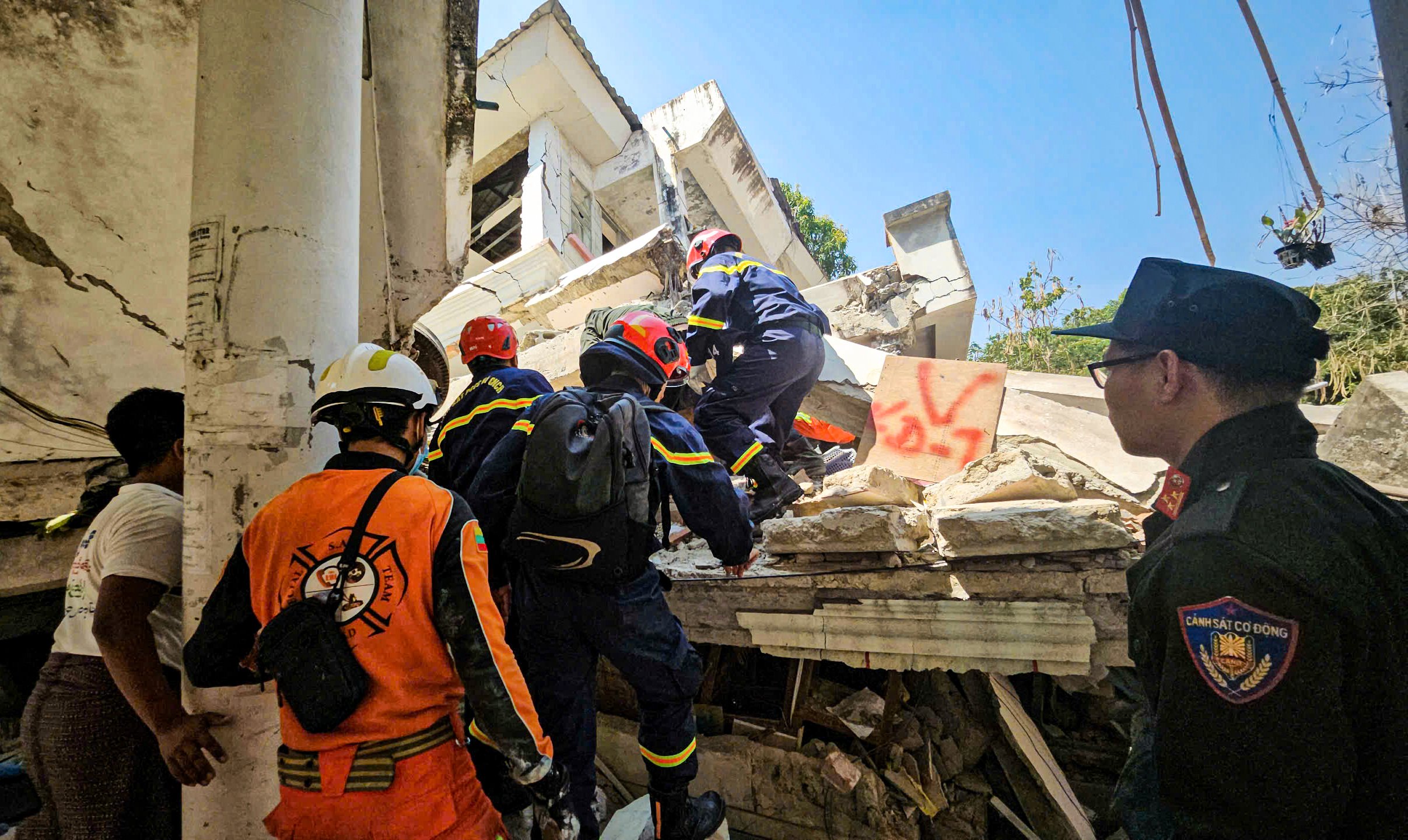






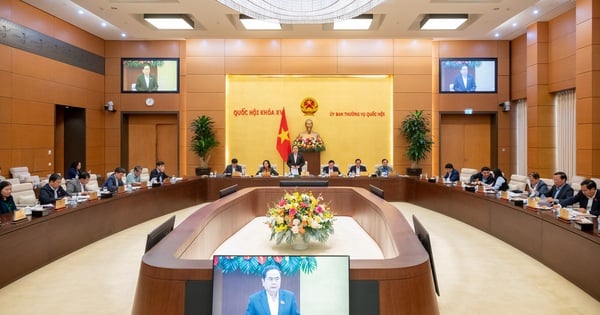



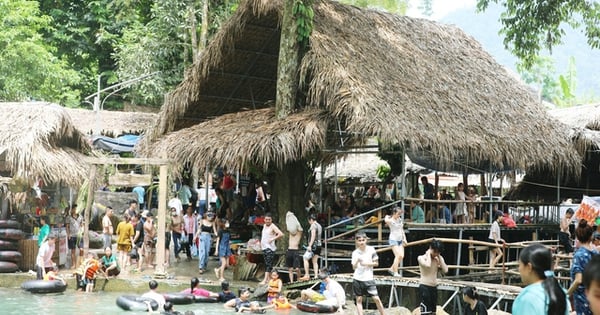
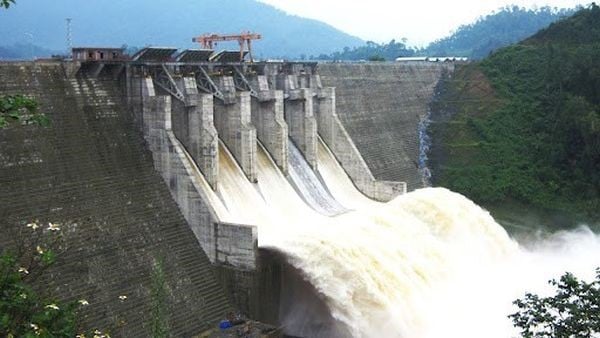



















![[REVIEW OCOP] An Lanh Huong Vet Yen Cat](https://vstatic.vietnam.vn/vietnam/resource/IMAGE/2025/3/27/c25032328e9a47be9991d5be7c0cad8c)

Comment (0)